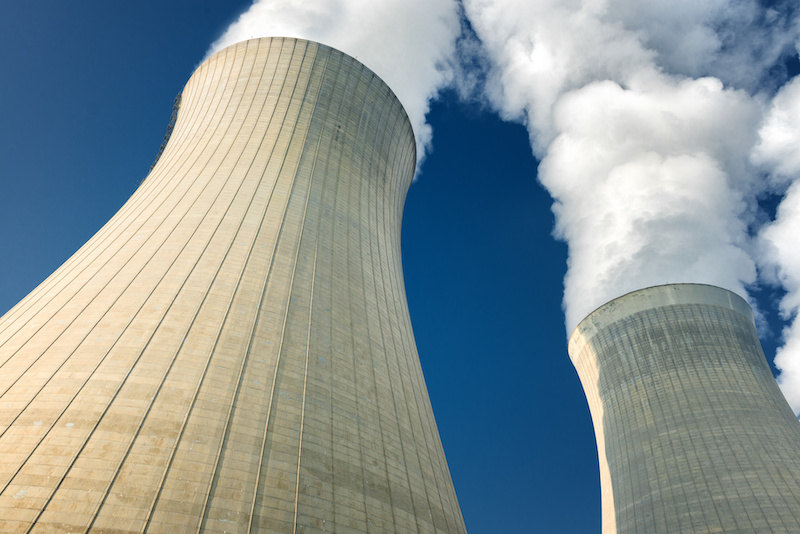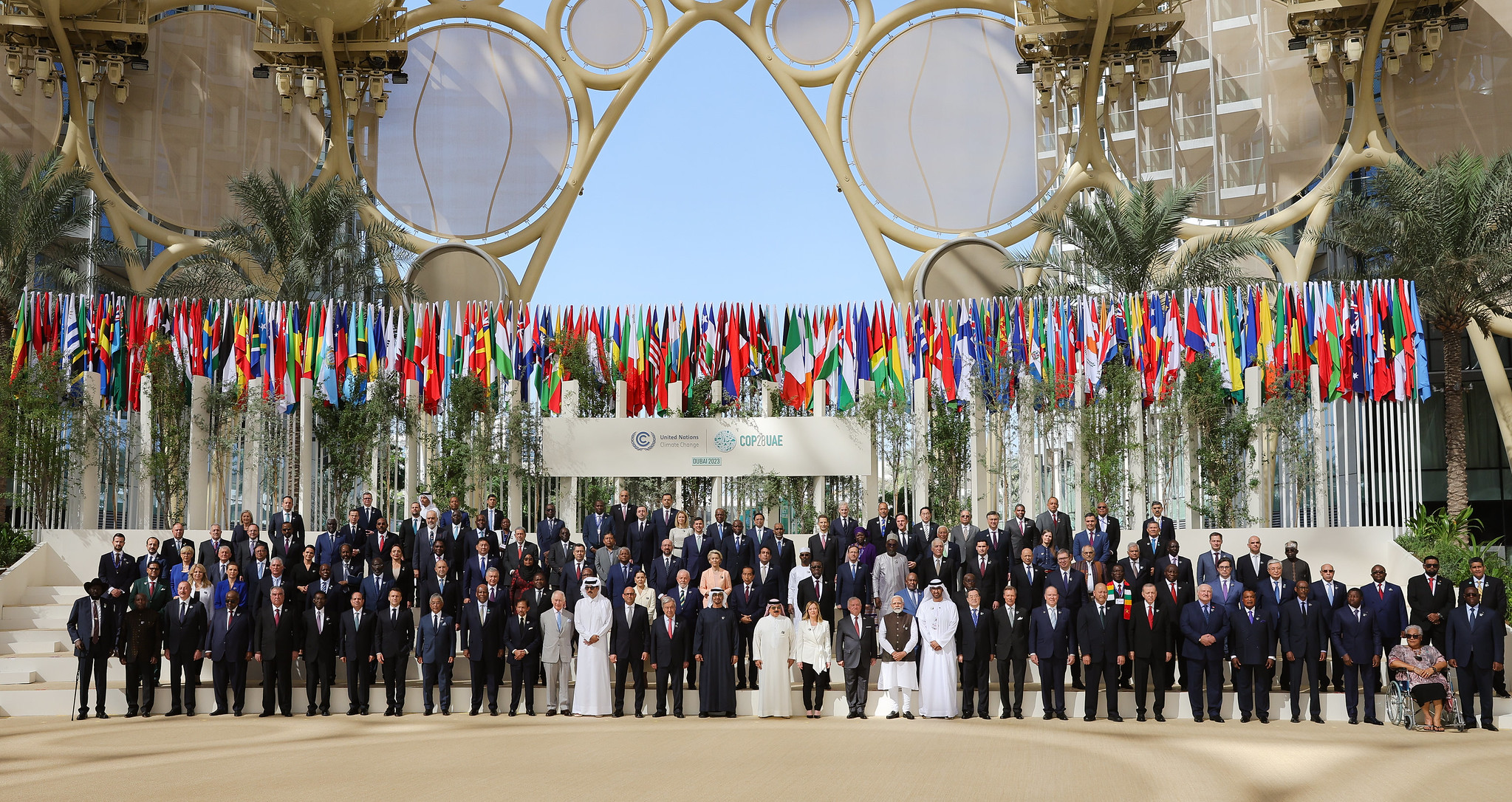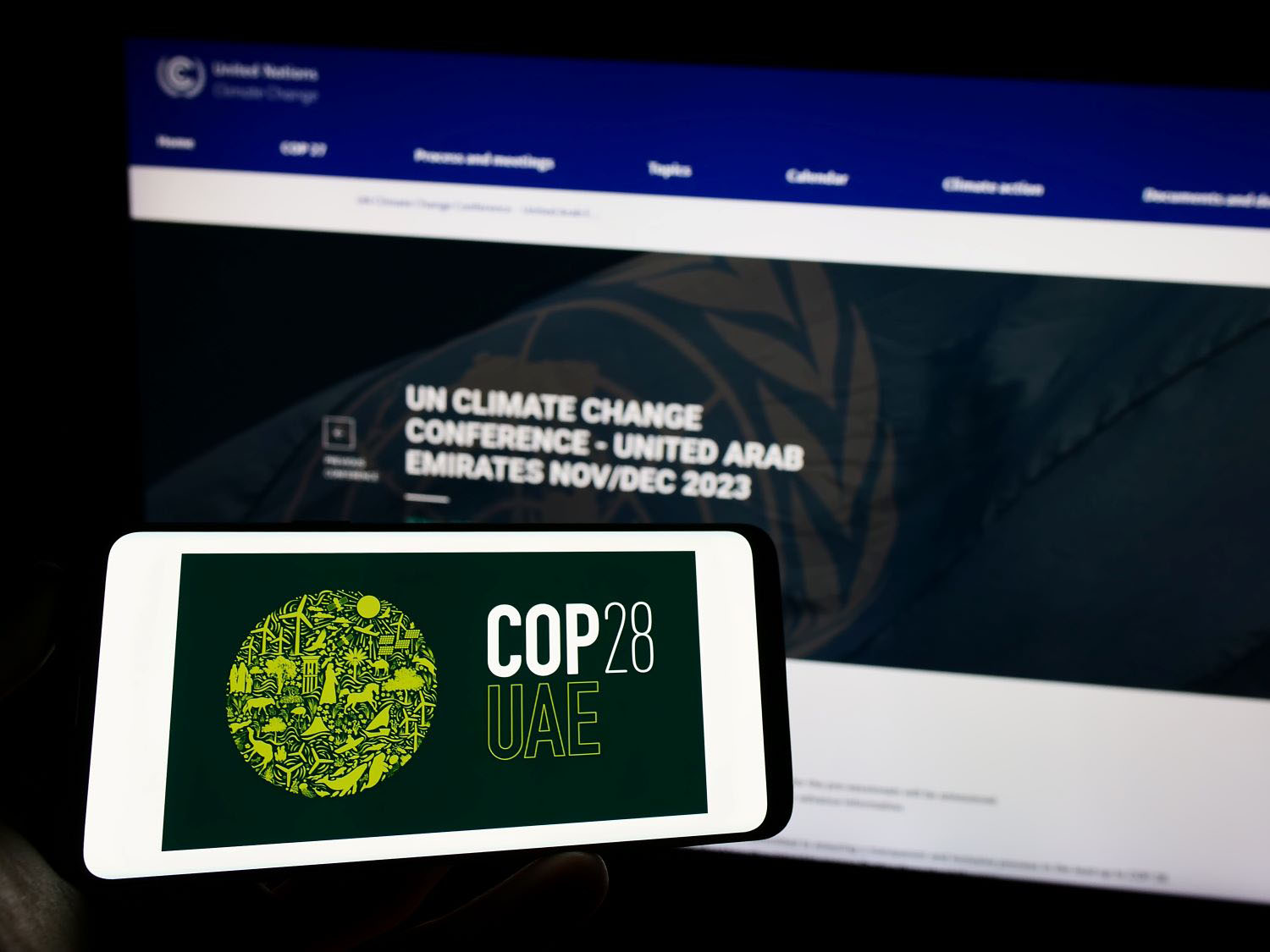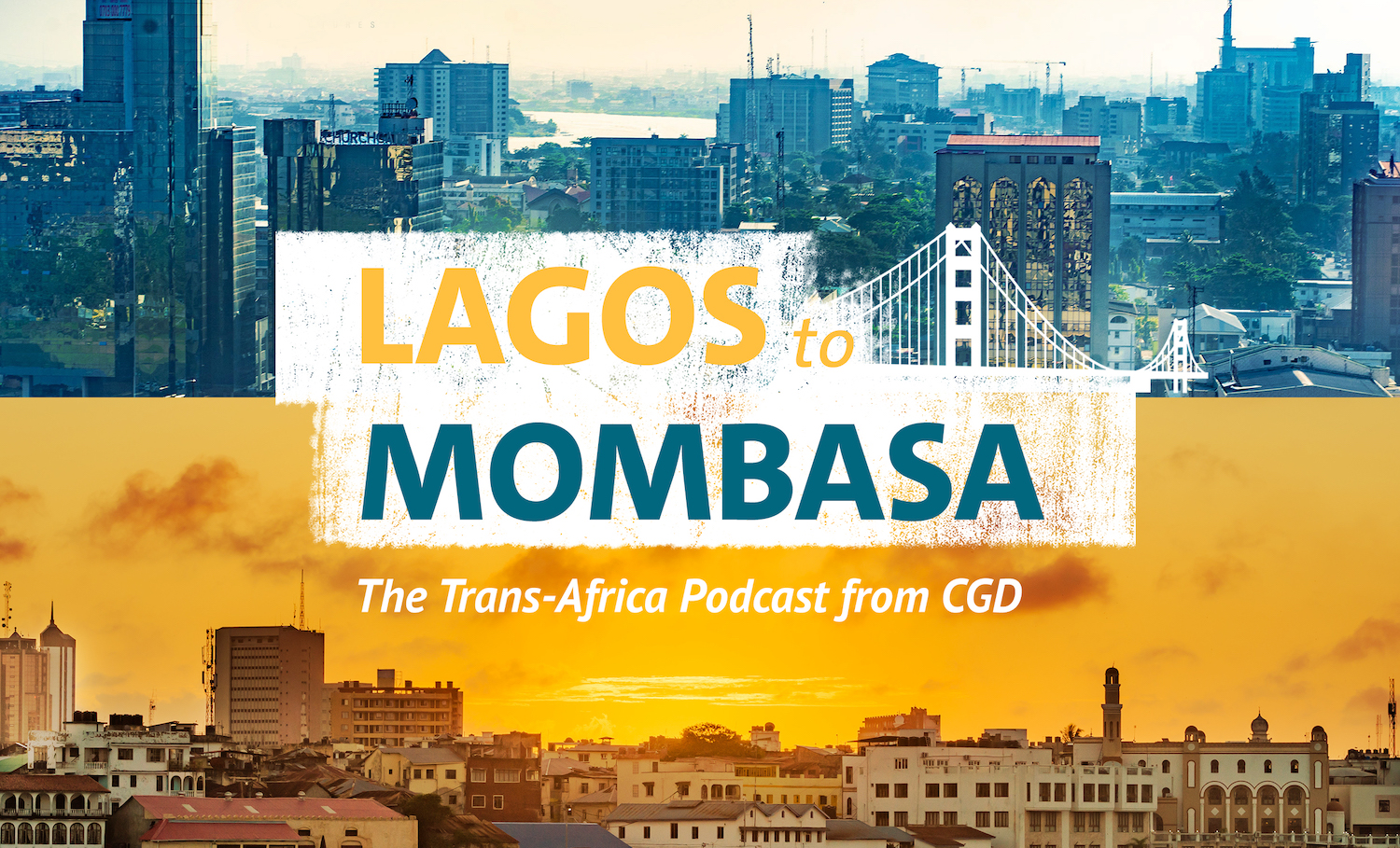In its latest batch of investments around the world, the DFC has approved two sizable energy projects in Mozambique. The first is political risk insurance for up to US$1.5 billion for the construction and operation of an onshore gas liquefaction plant. The second is a loan of up to US$200 million to build a 420-megawatt (MW) gas-fired power plant and a 25-kilometer (km) interconnection line.
We see six major benefits of these investments for both Mozambique and the new US agency that cut across development, economic, and security interests, outlined below.
1. Mozambique is a very low-income country
The DFC is supposed to, wherever possible, prioritize projects in markets toward the bottom of the income spectrum. Mozambique is one of the world’s poorest countries, with GDP per capita less than $500. It’s been tricky for development finance institutions to find bankable projects of any scale in many of these markets. For the country, attracting DFC investment will hopefully catalyze even greater private capital. For the agency, putting big dollars into Mozambique allows it to nudge the overall portfolio toward low-income countries and demonstrates its appetite to invest in traditionally risky markets.
2. Mozambique is potentially energy rich but is actually energy poor
The country has massive offshore gas potential that has attracted energy giants Total, ExxonMobil, and Eni. Yet, today, only 29 percent of the population has any electricity at home, while biomass (wood and charcoal) accounts for an estimated 60 percent of primary energy use. And companies with a grid connection reported to the World Bank that they still relied on diesel generators for power 17 percent of the time. While the liquefaction facility prepares domestic gas for export, the DFC’s parallel investment in gas-fired generation creates opportunities to use more of that resource at home.
3. Mozambique desperately needs to diversify its power sources
The lucky few with electricity rely heavily on a single dam. The giant colonial-era Cahora Bassa hydropower project accounts for more than 2,000 MW of the country’s total installed capacity of ~2,800 MW. Worryingly, the Zambezi River faces irregular water flow—exacerbated by climate change—putting the country’s entire power system at great risk. The DFC-financed gas power plant will provide a new source of reliable electricity.
4. Balancing exports and domestic use is critical to development
Mozambique, understandably, wants to develop its abundant offshore natural gas reserves and reap the income. But also, understandably, the country does not want to export all of its resources to Europe and Asia. By supporting both the large-scale LNG export facilities and the generation infrastructure required to use those resources to power Mozambican homes and businesses, the DFC can help the country do both.
5. When US agencies collaborate, they can maximize energy benefits
The DFC’s investments in Mozambique are complemented by the technical assistance provided by USAID for development of a 560-km transmission line, which will evacuate power from the Temane gas plant to the nation’s capital—home to 1.2 million people. This complementarity, enabled by the Power Africa initiative, ensures the new generation will be used, and allows the USG to provide a package of energy sector support that addresses critical issues along the entire value chain.
6. US involvement provides additional benefits
DFC CEO Adam Boehler noted that in its assessment of the Romuva Basin LNG project, the agency concluded it would likely ultimately move forward with or without American participation. But by being involved, the US can help to shape the project’s development impact and governance, and monitor environmental and social impacts. Ceding potentially transformative energy transactions in low-income markets to other players wouldn’t make economic, development, or strategic sense—for the US or for Mozambique.
Katie Auth is policy director at the Energy for Growth Hub and formerly a senior USAID official at Power Africa. Todd Moss is executive director of the Energy for Growth Hub and a nonresident fellow at CGD.
CGD blog posts reflect the views of the authors, drawing on prior research and experience in their areas of expertise.
CGD is a nonpartisan, independent organization and does not take institutional positions.






